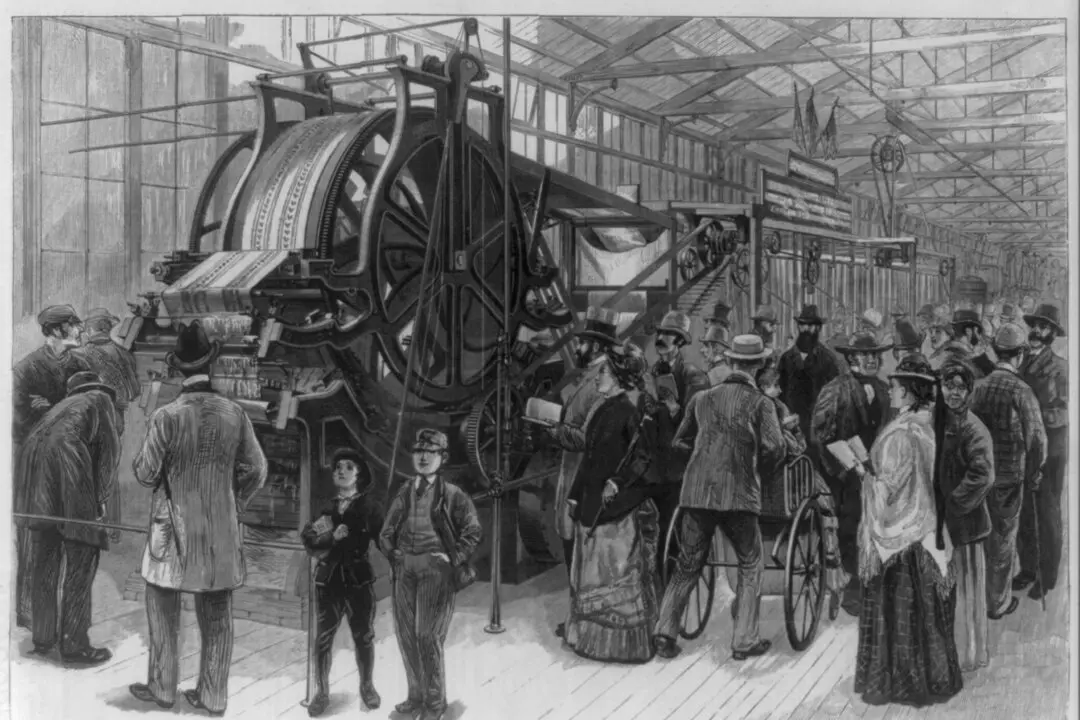At the height of the Dutch Golden Era in the 17th century, the Dutch Republic went through “tulip mania” when the price of the flower exceeded its intrinsic value. Called a speculative bubble, this kind of craziness is today caused by greed that occurs in futures trading.
Such craziness occurred in 1955 by two men who traded in onions. Sam Siegel and Vincent Kosuga attempted to corner the onion market by buying enough onions to manipulate its market price, similar to the tulip mania that happened 300 years before.






